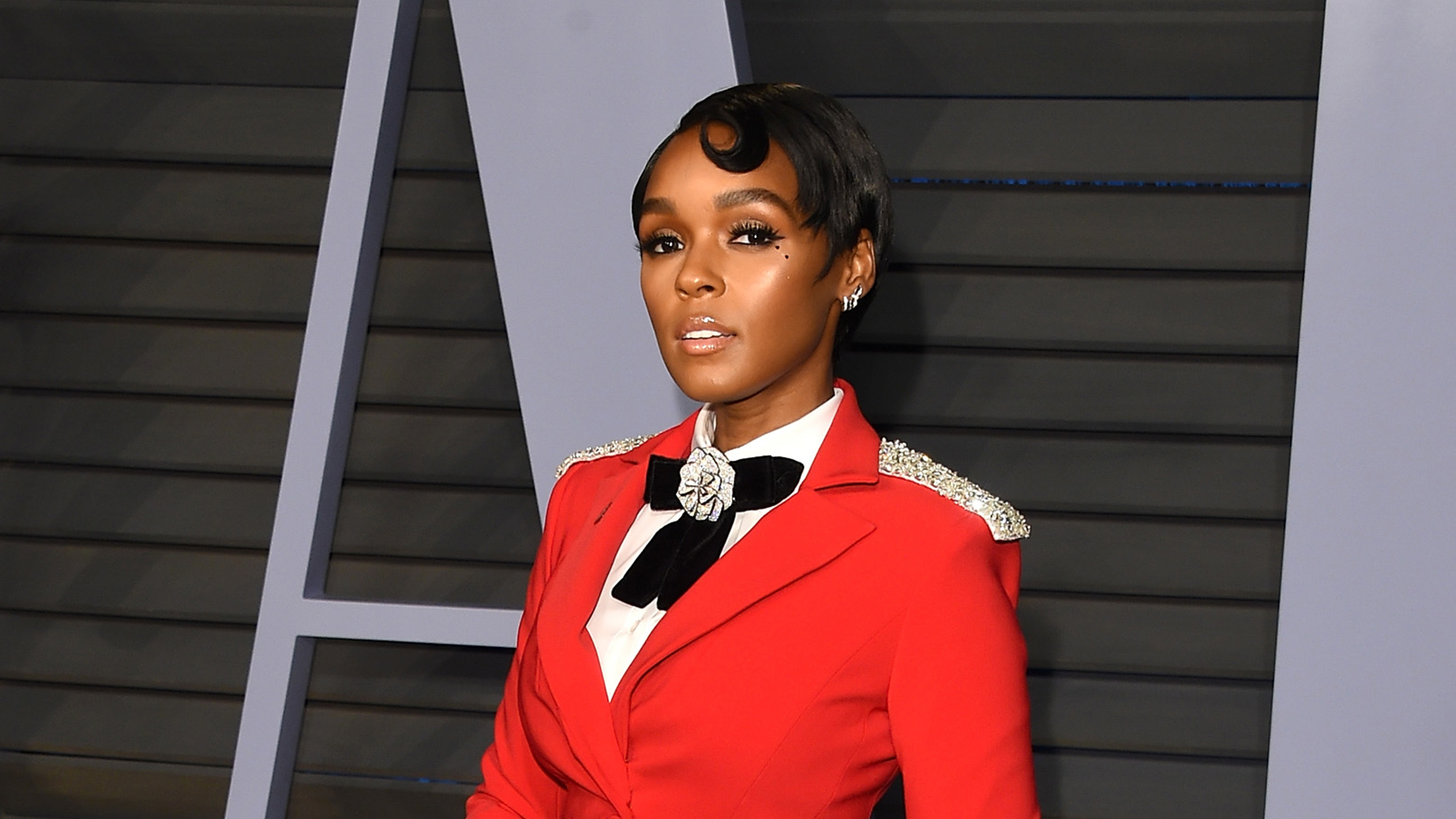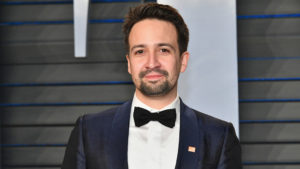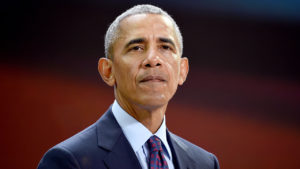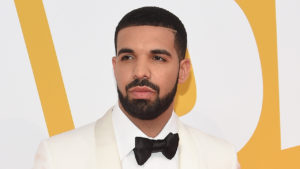Janelle Monáe first made her mark in the music world in 2010 with her critically acclaimed debut album, The ArchAndroid, and her incredible artistry and vision have garnered six Grammy nominations since. Monáe has also brought her powerful storytelling abilities to the big screen with roles in two beloved recent films: Hidden Figures and Moonlight. We sat down with the entertainer to talk about her work as an actress, her political activism, and how she produced her most recent studio album.
1. You were signed to Bad Boy Records for the bulk of your career until leaving in 2015. What was your experience with the Diddy-run label like?
It was definitely a little frustrating. Back when I signed in 2007, it felt like the label was still searching for the artist who would fill The Notorious B.I.G.’s shoes, and at times it seemed like they were hoping it’d be me. Diddy was always interrupting my recording sessions to say things like, “Please, please be mean to Tupac in the next part of this song,” or, “I’m begging you to call Tupac a bald little bitch during the chorus this time. We really need this.” It started to get in the way of my creative process when Diddy would pull me aside and say, “The way Tupac wore his bandana kind of looks like a big Christmas bow—maybe you could do something with that.” Eventually, I got tired of being at a label that couldn’t grow beyond the Biggie vs. Tupac days, so I had to leave.
2. You enlisted the help of The Beach Boys legend Brian Wilson on your new album, Dirty Computer. Was it hard to get him on board?
It was difficult at first because he didn’t really seem to get what I was going for musically, but once I began breaking things down in a way that was more in his wheelhouse, he was incredible. The breakthrough happened when I came up with a few simple analogies and instructions that he could understand, like “Imagine the microphone is a surfboard and I’m the blonde babe who’s surfing on it in one of those old-ass striped one-piece bathing suits,” or, “I want the production of this song to sound nothing like what you imagine seaweed to sound like underwater,” or, “Sing these lyrics, but mention being buried in sand as little as possible while you do it.” Those analogies did wonders in getting us on the same page. The guy is a legend, and I was happy we could find a way to work together.
3. For you, what’s the main difference between performing as a singer and performing as an actor?
When I’m acting, if two birds somehow find their way indoors and fly right in front of the camera it can be enough to completely ruin an entire take. But when I’m performing to a capacity crowd in a huge music venue, there can be up to a dozen confused birds flapping around the ceiling and I hardly notice them at all.
4. You’ve been known to wear tuxedos both onstage and off. How did you develop that personal uniform?
I think tuxedos are the ideal clothing item because they’re so versatile. In a full tuxedo, you’re equally at home at a fancy gala or a drunken beach party, a black-tie wedding or a backyard mud-wrestling tournament, a champagne cruise or a race through the woods to find the EpiPen that a squirrel stole from your cousin. I feel like I can go anywhere in a tuxedo, and that’s why I love wearing one.
5. You’ve been an outspoken political activist in recent years, leading Black Lives Matter marches and working to secure aid for people affected by the Flint, Michigan water crisis. What drives you to be politically engaged?
It’s simple. I know that if I don’t do something about the problems in our society, someone else will have to—and I’m worried that it would end up being someone weird, like that guy from the Guinness Book Of World Records with the beard of bees. I don’t want to see the bees guy become an activist, so I step up.





